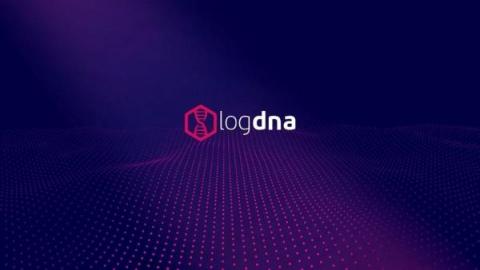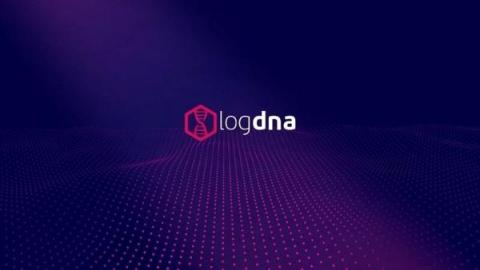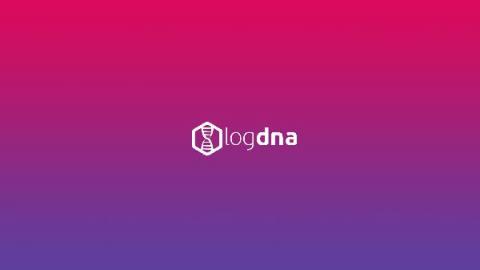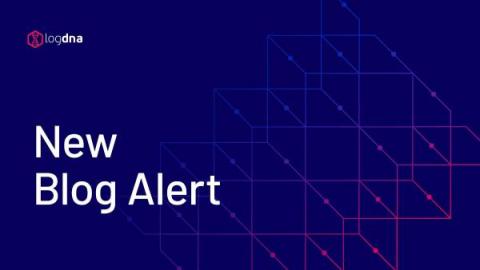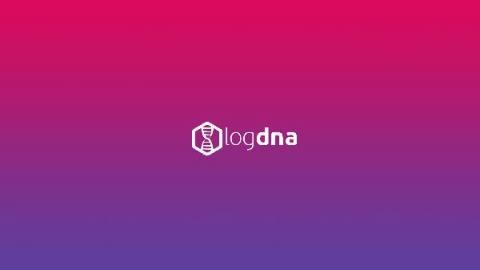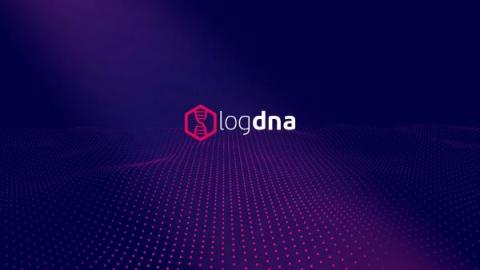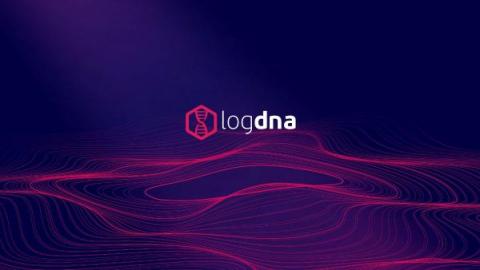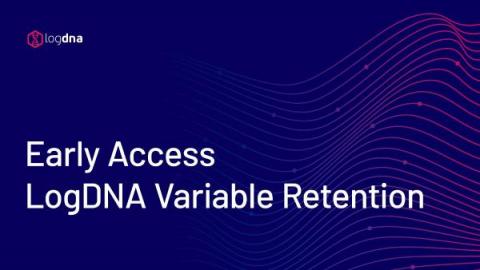Operations | Monitoring | ITSM | DevOps | Cloud
October 2021
LogDNA vs. Logz.io
Logz.io is a SaaS (software as a service) provider with an observability offering made up of various managed open source technologies. These technologies include the Elastic Stack for logging and SIEM (security information and event management), Prometheus, for monitoring, and Jaeger for tracing. The company positions itself as an alternative to the Elastic Stack (or ELK Stack), which is made up of Elasticsearch, Logstash, Kibana, and Beats.
5 Reasons Why Customers Choose LogDNA
I recently wrote about the importance of logging and how developers often overlook it in the software development process. Now that you’re convinced that you should be logging throughout the SDLC, it’s time to choose a reliable and dedicated log management platform.
Log Looms and Microservices Logging
IT professionals love their metaphors. From “pets vs. cattle” to “post mortems” to “fog computing” and beyond, practitioners tend to use analogies to shape the way they think about complex technical topics. Here’s another analogy: Log looms.
The Benefits of Structuring Logs in a Standardized Format
Image via Pixabay As any developer or IT professional will tell you, when systems experience issues, logs are often invaluable. When implemented and leveraged effectively, the data produced by logging can assist DevOps teams in more quickly identifying occurrences of problems within a system. Moreover, they can prove helpful in enabling incident responders to isolate the root cause of the problem efficiently. With that being the case, maximizing the value of log data is vital.
Announcing LogDNA Agent 3.3 GA: Improved Performance for Linux Support
We’re excited to announce the general availability of the LogDNA Agent 3.3, which introduces Linux and ARM64 support to our Rust Agent. This new support in our Rust Agent provides improved performance and enables a few features previously only available for our Kubernetes customers, such as various configurations within the Agent and the ability to run as a non-root user. Additionally, we have added in Prometheus Metrics that help provide insights into your Agent.
IoT Data With LogDNA
Consider the following question: Why do most teams face pressure to rethink traditional logging and observability approaches? Asking this question to most engineers would likely result in answers centered on the challenges posed by microservices apps. Because microservices are more complex than monoliths and involve more moving parts, they require more sophisticated, granular log collection, correlation, and analysis.
Tucker Callaway on the State of the Observability Market
Tucker Callaway is the CEO of LogDNA. He has more than 20 years of experience in enterprise software with an emphasis on developer and DevOps tools. Tucker drives innovation, experimentation, and a culture of collaboration at LogDNA, three ingredients that are essential for the type of growth that we've experienced over the last few years.
5 Examples of Metrics or Log Data That Drives Observability
Which data sources do DevOps teams need in order to achieve observability? At a high level, that’s an easy question to answer. Concepts like the “three pillars of observability”—logs, metrics, and traces—may come to mind. Or, you may think in terms of techniques like the RED Method or Google’s Golden Signals, which are other popular frameworks for defining which types of data teams should collect for monitoring and observability purposes.
Announcing the Control API Suite
As LogDNA has grown, many of our customers have too, meaning that they are bringing in more ingestion data sources and expanding their use cases for their logs. To help with managing more data, we’re excited to introduce the Control API suite. We’ve built 4 individual APIs that will help companies programmatically configure their data and how they want to ingest logs. Below, we’ll cover each new API in detail as well as why they are massively impactful for our customers.
Announcing Early Access to Variable Retention on LogDNA
The massive proliferation of log data forces teams to manage the costs to process, route, and store it. Teams need access to this data to gain critical insights into their services, but for many organizations this presents a challenge for their budget. Logging can get expensive, fast, which often results in teams making difficult tradeoffs between aggregating enough logging information to be useful and controlling the cost of storing all those logs.



